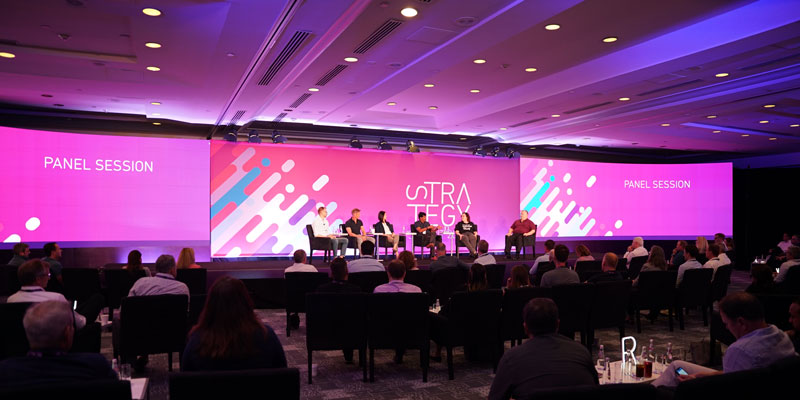A Thorough Analysis of Different Light Emitting Diode Display Wall Techniques and Their Uses
A Thorough Analysis of Different Light Emitting Diode Display Wall Techniques and Their Uses
Blog Article
Light Emitting Diode video screens have become more popular in various settings, such as concerts, sports events, as well as corporate meetings. These large big screens consist of composed of numerous small LED panels that work together to create a single cohesive image. Various different types of Light Emitting Diode display screen solutions on the market, every having its unique characteristics as well as advantages. Grasping these technologies options can assist businesses as well as organizations choose the right solution for their specific needs.
A common kind of Light Emitting Diode video wall solution is the directly viewed LED. This solution uses individual Light Emitting Diode units which are arranged closely together to form a big display. Direct view LED screens are recognized for their elevated luminosity as well as vibrant colors, making them perfect for external events or brightly illuminated settings. They also have a wide sight angle, which indicating that viewers can see the display clearly at various locations. This makes directly viewed Light Emitting Diode screens a popular choice for stadiums as well as external events.
A different type of LED video screen solution is the LED illuminated Liquid Crystal Display. This solution merges conventional LCD screens with Light Emitting Diode backlighting to enhance brightness as well as hue precision. LED illuminated LCDs are often utilized in interior environments, including retail malls and conference rooms. They provide superior visual clarity while are typically more affordable than directly viewed LED walls. However, they may not perform as well in bright environments, since the illumination can occasionally wash out the colors.
A thirdly choice is the OLED display wall. Organic Light Emitting Diode solution offers exceptional differentiation as well as color depth compared to other kinds of screens. Every dot in an Organic Light Emitting Diode display produces its own luminescence, allowing for true blacks and vibrant hues. Such renders OLED video walls particularly appealing for applications that require high-quality images, such as art galleries and high-end retail stores. However, OLED technology can be more costly while may often be as bright as directly viewed Light Emitting Diode walls, making it less suitable for outdoor use.
Along with these options, there are additionally multiple applications for LED display screens. These displays can be used for advertising, amusement, as well as information display. For example, companies often utilize LED video walls for electronic advertising to attract customers as well as advertise products. Within amusement, they enhance the visual encounter at music events and events, offering lively backgrounds as well as engaging visuals. Within corporate environments, Light Emitting Diode video walls can be utilized for presentations, video meetings, as well as training programs, aiding to convey information in a visually attractive manner.
In conclusion, LED display walls come in various technologies, each having its unique advantages as well as applications. Directly viewed Light Emitting Diode screens are great for outdoor applications, while LED-backlit Liquid Crystal Displays are more appropriate for indoor settings. Organic Light Emitting Diode display walls offer exceptional visual clarity but may be at a higher cost. Grasping these differences can assist organizations click over here to make knowledgeable decisions about the best kind of LED display screen best meets their needs, whether for promotion, amusement, or business applications.